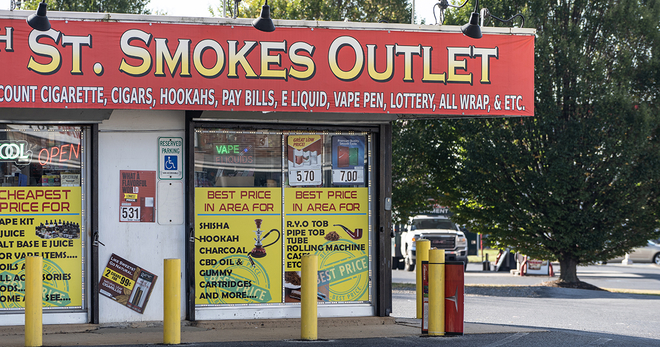Tobacco product displays shape teens' risk of future cigarette use
The RAND Corporation studied teen smoking attitudes in a replica of a convenience store to test whether limiting displays of cigarettes and other tobacco products in retail outlets can reduce the intention of young people to smoke in the future.
11%
Susceptibility to future cigarette use was 11% lower when the tobacco “power wall” was hidden VS. behind the cashier
Researchers found an 11 percent lower probability of cigarette smoking susceptibility when the tobacco “power wall” was hidden compared to when the display of tobacco products was visible behind the cashier...
“Power walls” are point-of-sale displays that show tobacco products along with branded posters, product slogans and prices, and they are typically positioned behind a cashier – although Canada and several other countries have enacted laws banning tobacco product displays to reduce youth exposure.
RAND researchers randomized 241 teens (11-17) to visit a replica of a convenience store where the tobacco power wall was in one of three locations: behind the cashier, on a sidewall away from the cashier or hidden behind a screen.
The findings are published in the journal Tobacco Control.
Key takeaways
Hiding the tobacco power wall significantly reduced teenagers' susceptibility to future cigarette smoking compared to leaving the tobacco products and advertising visible.
Moving the tobacco power wall to a less-obvious location, but keeping it visible, was no different for future susceptibility than having the power wall behind the cashier.
More in tobacco industry marketing
Want support quitting? Join EX Program
By clicking JOIN, you agree to the Terms, Text Message Terms and Privacy Policy.
Msg&Data rates may apply; msgs are automated.



